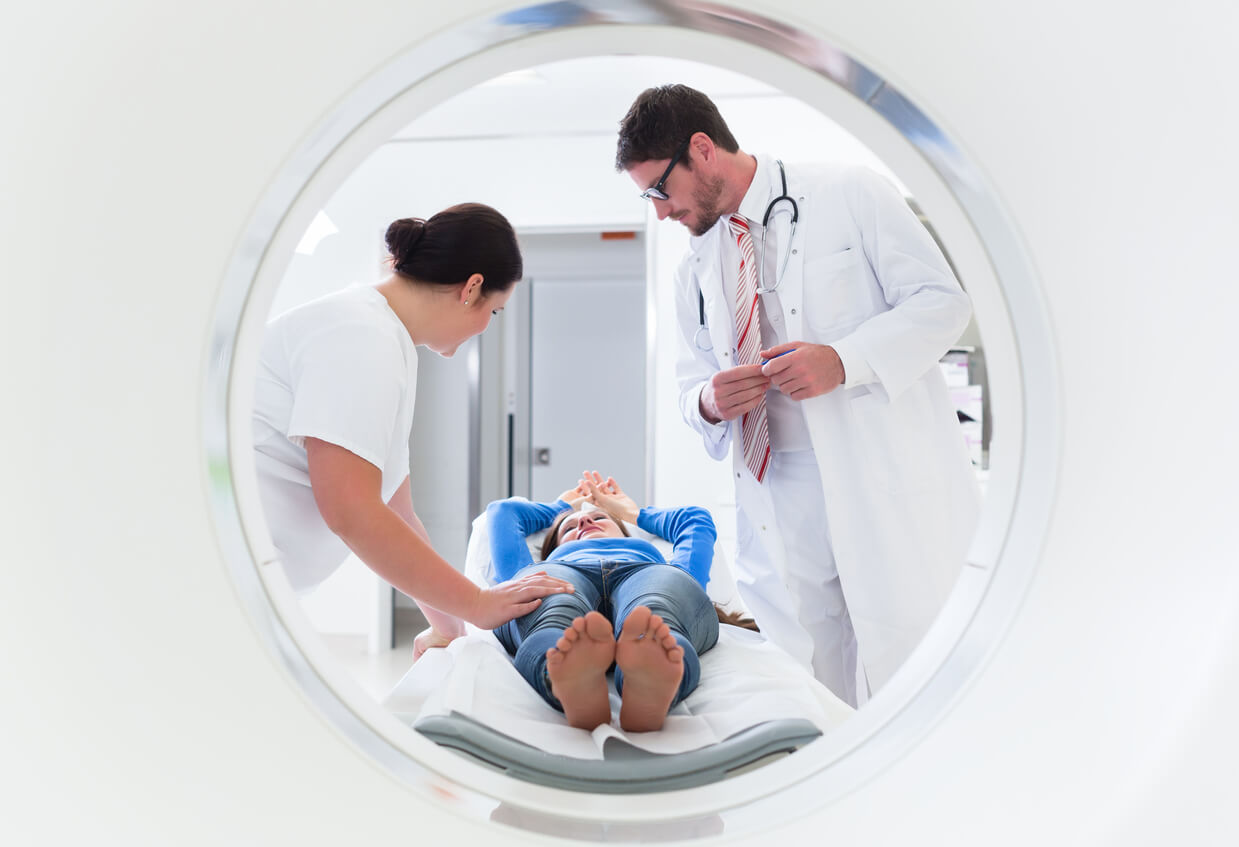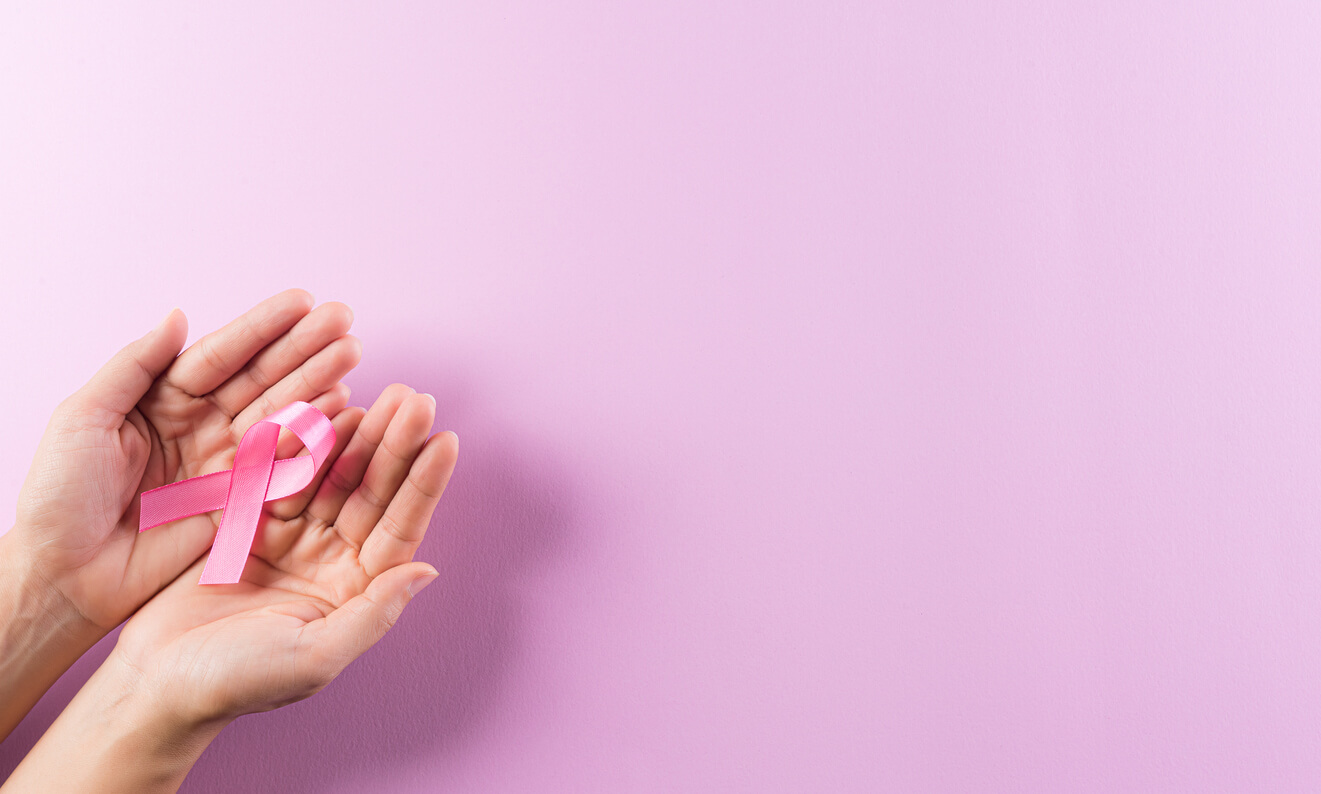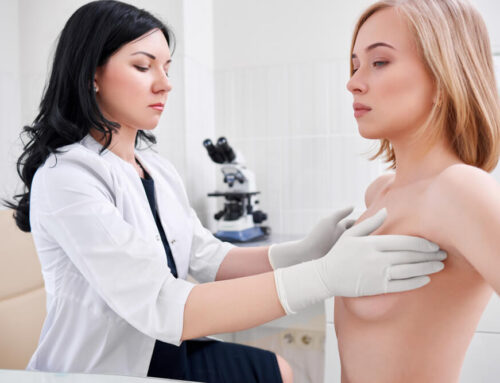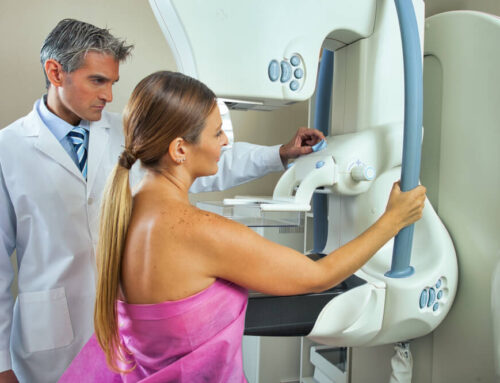In 2020, more than 2 million women were diagnosed with breast cancer around the world. Some people have a higher risk of developing cancerous cells, but there is no sure way to prevent breast cancer. There are, of course, some measures that women can take to reduce the risk of breast cancer, and these are associated with lifestyle choices and breast screening.
In this article, we will explore the steps that people can take for the prevention of breast cancer and how these can also reduce the risk of other cancers.
Breast Cancer Prevention Tips
There are two types of breast cancer prevention measures:
Primary Prevention of Breast Cancer
Primary prevention of breast cancer includes lifestyle modifications that patients can implement into their lives to reduce cancer from developing.
Some of these breast cancer prevention tips include the following:
1: Following a Healthy Diet
People who follow a healthy diet are less likely to develop obesity, and as a result, this leads to a lower rate of cancer and heart disease. We also recommend our patients consume more vegetables and fruits and limit their carbohydrate intake to prevent heart disease.
In addition, you do not have to follow a strict diet, but reducing the portions of your food can help provide long-term weight loss.

2: Avoiding Drinking Alcohol
According to BreastCancer.org, alcohol can increase estrogen levels and other hormones associated with hormone-receptor-positive breast cancer. It can also damage DNA cells.
That said, women who have three drinks per week have a 15% higher chance of having breast cancer than those who do not drink. As a result, experts indicate that each additional drink is equivalent to a 10% increased risk of breast cancer.
Tobacco smoking can also lead to lung and heart disease.
3: Avoiding Sun Exposure
Too much sun exposure can damage the skin, and thus, it can cause skin cancer, wrinkles, painful burns, and cataracts. It can also worsen chemotherapy side effects – some patients may also become sensitive to sunlight with chemotherapy, which can lead to tanning and burning.
People who expose their skin to the sun may also develop basal cell carcinoma (BCC), developing on the chest, face, shoulders, and back. Those who develop BCC generally have a scar-like area that looks like a red patch or shiny bump.
As a result, we recommend our patients do the following to prevent skin cancer:
- Applying sunscreen every 2-3 hours.
- Wearing a hat, especially if you have lost your hair.
- Avoiding the use of tanning beds.
- Using UV-blocking sunglasses.
- Seeking the shade as much as possible.
4: Minimizing Stress Levels
There is no link between breast cancer risk and stress, but managing stress levels can help improve a person’s quality of life and make decisions positively.
For example, they can reserve a few minutes for reading, walking, yoga, or doing something they love to ease stress and boost their energy.
5: Exercising
The Centers for Disease Control and Prevention (CDC) state that people should do a 150-minute moderate-intensity or 75-minute vigorous activity every week. They should also combine these with muscle-strengthening exercises at least twice a week.
Regular exercise can reduce the risk of first-time breast cancer or recurrences and be beneficial in those who have received treatment for breast cancer. This is because exercise can reduce stress, fatigue, and memory impairment.
It can also reduce the risk of:
- Falls in older adults.
- Depression.
- Dementia.
- Heart disease.
- Osteoarthritis.
6: Taking Breast Cancer Prevention Supplements
You may find various dietary supplements such as vitamins, minerals, botanicals, or herbs, and they come in pills, powders, liquids, or tablets. Our team at Breast Care Center Miami may recommend them to fill in the nutritional gaps of their diet.
It’s important to keep in mind that breast cancer prevention supplements or other types of supplements do not fully treat, cure, or prevent cancer. That said, some may help in reducing the risk of cancer or assist in recovery.
For example, studies show that the curcumin in tumeric can kill breast cancer cells and those that develop in the prostate or colon.
Furthermore, according to BreastCancer.org, people who have low Vitamin D levels have a higher risk of developing breast cancers. As a result, we recommend patients take 15 micrograms (mcg) of these breast cancer prevention supplements per day, but they can also add foods rich in vitamin D to their diets, such as fortified milk, fatty fish, and egg yolk.
7: Checking Family History
If your mother or sister has had breast cancer, you may have an increased risk of developing cancer yourself. This is because you may have the BRCA1 or BRCA2 gene that can lead to breast cancer.
Additionally, if you have experienced cancer in one breast, you may develop cancer in the other breast.
Now that we have covered the primary prevention of breast cancer, we can move on to the other type of prevention.
Secondary Prevention of Breast Cancer
Secondary prevention refers to screening- your physician performs some tests to detect cancers before they develop. These may be beneficial if you have a personal or family history of breast cancer.
The tests that we can perform include:
8: Mammograms
A mammogram is an X-ray that helps doctors see a visual image of your breast tissue so they can check whether there are any abnormalities present, such as cysts or tumors. We recommend getting a mammogram every year, as these can be done even if you don’t have any symptoms. That said, we refer to this as a ‘screening mammogram.’
If you are experiencing breast cancer symptoms such as nipple discharge, pain, or swelling, you can come in for a diagnostic mammogram. This allows us to perform more X-rays from different angles, and we may also zoom in if we suspect that there are abnormalities.
9: Ultrasound
Another test that we can perform for the prevention of breast cancer is ultrasound.
Ultrasounds help us identify cancerous cysts and any breast changes that we can’t spot on a mammogram.
We may also perform ultrasounds if you:
- Have dense breast tissue: Mammograms may be unable to detect abnormalities in dense tissue.
- Are pregnant: Unlike mammograms, ultrasounds do not use radiation, so they are safe for pregnant women.
- Are younger than 25.
10: Magnetic Resonance Imaging (MRI)
We can use mammograms and MRI to detect abnormalities in the breasts, which may help prevent cancer from spreading to other body parts.
We may also recommend getting an MRI to help us check the size of your cancer.

Book Your Appointment Today
Breast cancer is one of the most common cancers in women, and we can’t prevent it. However, there are preventive measures that patients can’t implement in their life to reduce the risk of developing cancer cells.
Breast screening can detect breast cancer in its early stages, and lifestyle modifications can also be beneficial as they can reduce the risk of other diseases.
If you are concerned about your health or want to learn more about breast cancer prevention, book your appointment today.
We look forward to meeting you.
Sources
Carter, A. (2008). Curry Compound Fights Cancer in the Clinic. https://academic.oup.com/jnci/article/100/9/616/917868
Drinking Alcohol. (2021). https://www.breastcancer.org/risk/factors/alcohol
How much physical activity do adults need? (2020). https://www.cdc.gov/physicalactivity/basics/adults/index.htm
Low Vitamin D Levels. (2021). https://www.breastcancer.org/risk/factors/low_vit_d






